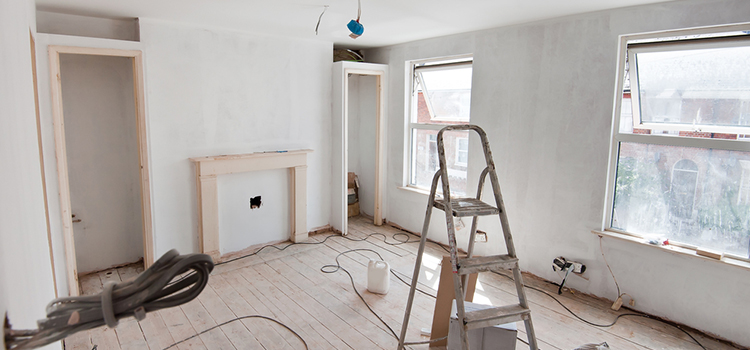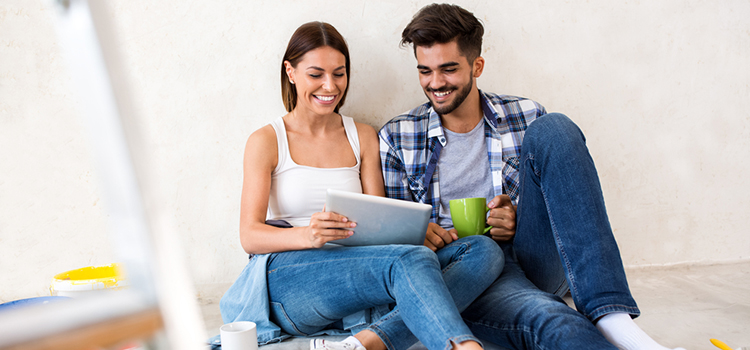House flipping – why a flip can end in a flop

With shows like The Block, Masters of Flip and Fixer Upper taking over our TV screens, breathing new life into old homes has become a job almost everyone wants to tackle.
But while there can be good money to be made in house flipping, it is a risky – and often underestimated – process.
The success of the project is dependent on so many factors, the most significant of which are market conditions which can be difficult – and often impossible – to predict.
Why Have ‘Flops’ Become So Common?
House flipping isn’t as straightforward and lucrative as often thought. It takes knowledge, practice, a lot of research and perfect timing to really hit the nail on the head.
The Australian property market has slowed – almost to a halt in some capital cities – and the days of making healthy profits on property in just a few short months is but a distant memory. As a result, house flipping has become even more risky and for many people, a house flip now results in a flop.
Flipping a property to turn a profit involves a lot more than researching the neighbourhood, making an offer and picking up the hammer.

Twenty percent of the purchase price is typically the minimum you need to cover renovation costs, carrying costs and other costs. Keep this in mind, and you will be less likely to lose money house flipping.
You also need to remember that once your renovation is complete and your property is on the market, for every month that property isn’t sold, the carrying costs are adding up.
Plus you have to factor in marketing expenses and estate agent fees.
The general rule of thumb for property flipping is 20% to 30% margin, plus renovations. So the property therefore needs to sell for 20 – 30% more than the purchase price, plus all renovation expenses – and most people are falling well short of that. Not only that, but many people are actually making a loss.
A Common Mistake
Many inexperienced flippers over-capitalise on their properties and then price the finished product based on the renovation costs. The property’s selling price should however, be determined solely by comparable sales in the market.
According to Cherie Barber from Renovating for Profit, flippers should stick to 10% of the property value (what it’s valued for now, not what you paid for it) for a cosmetic renovation. This won’t include any structural changes to the house. Sticking to a strict and realistic budget (and time-frame) for a house flip is even more vital than doing so for your own home. You’re there to make money, thus a fast turnaround and a cost-effective approach are essential.

In a nutshell, the basic ‘flipping’ principle is to purchase a property which is under market value, expertly renovate to add value but at a minimum cost, and then sell for a profit – which is no mean feat, particularly in a tough market.
Seek Property Investment Advice
Property investment has its perks, but without the right knowledge, you can be getting yourself into a costly mess. Research (and a lot of it) is king. You need to make an informed decision about each and every property investment decision you make – and this needs to be aligned with your overall investment strategy.
Before you jump on the property investment bandwagon, be armed with the right advice and research.
By seeking professional advice, you’ll be in a better position to understand the market, know what to buy and assess the risks and costs involved.

With much of Australia currently stuck in an over-inflated yet stagnant market, flipping a property is all the more risky. Therefore, a long-term investment horizon might be the best option at this point in your investment cycle.
As a general rule, the value of a well-chosen property will increase signficiantly over a 20 to 30-year period. Not only should you see substantial capital growth on your investment in the long-term, but in the meantime, your property should generate regular monthly rental returns. You can also enjoy tax benefits, as various expenses can be offset against the rental income.”
Regardless of whether you are buying to flip or buying to invest long-term, seeking the right property advice is an important stepping stone to managing your budget and property portfolio.
Author Bio
This article is written by Jayde Ferguson, who writes for Momentum Wealth. Offering market leading research and advice on the Australian property market, the company helps clients accelerate their wealth through property investment by assisting them in the strategic planning, financing, acquisition, management and development of their commercial and residential investment properties. Catch Jayde on Google+.
Need help finding the right renovation business for your needs? Compare multiple quotes today!